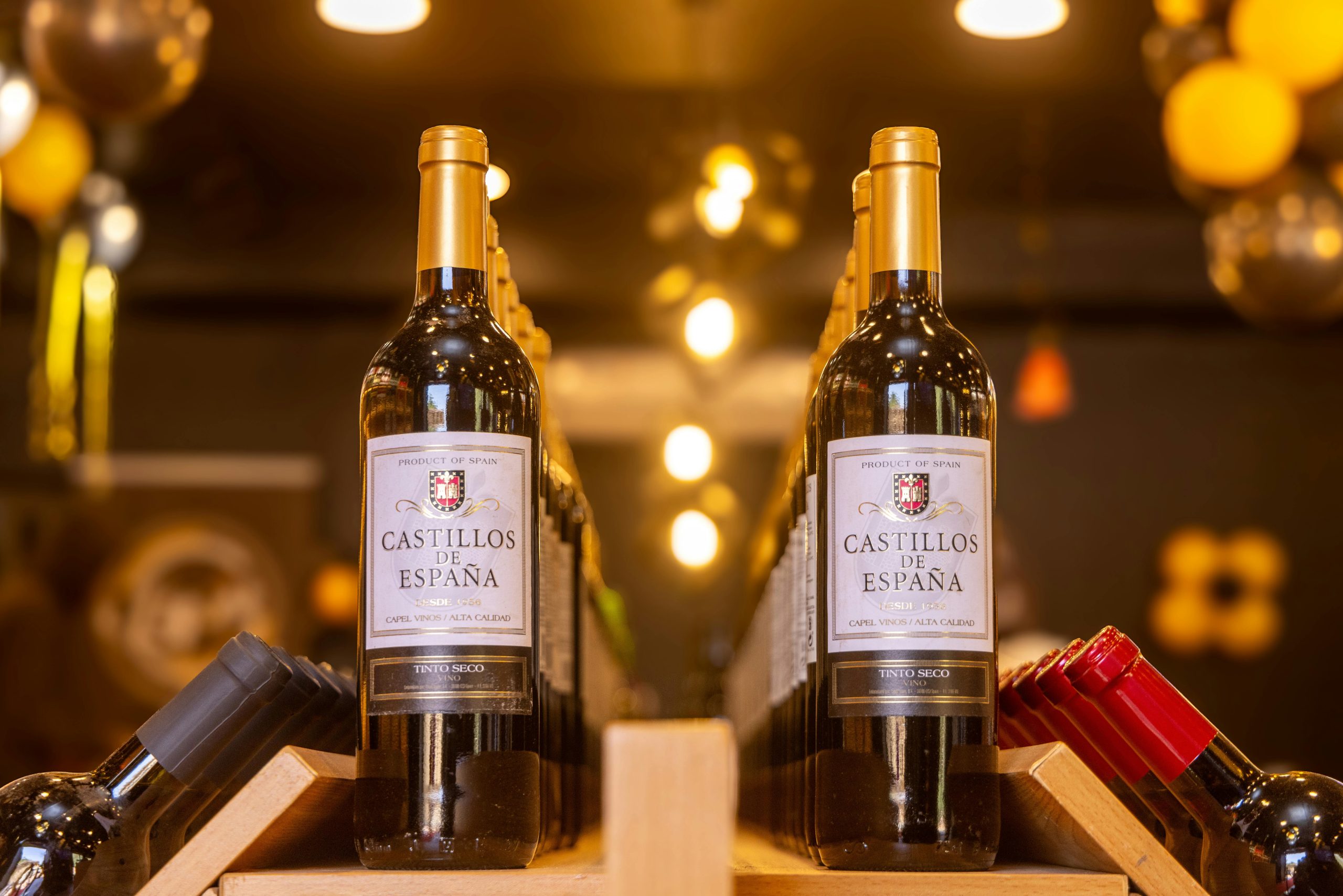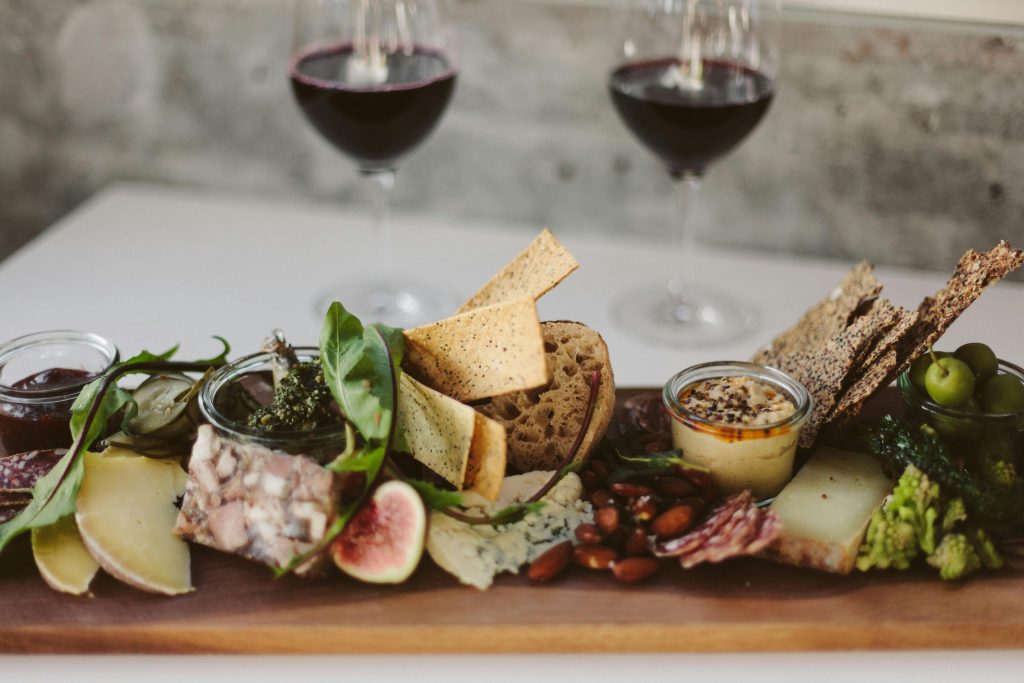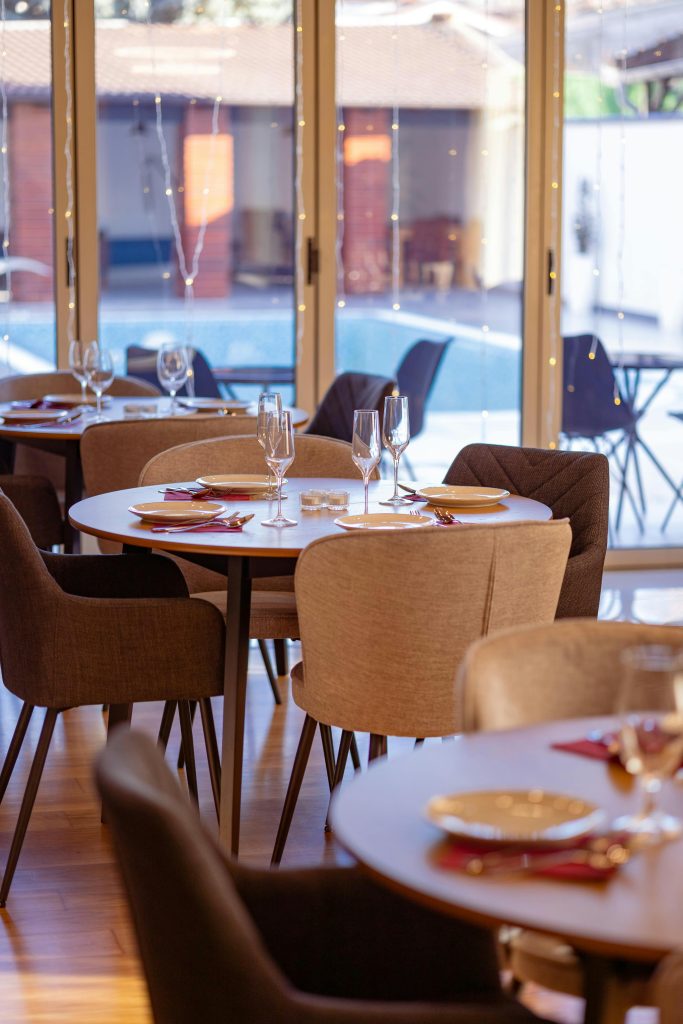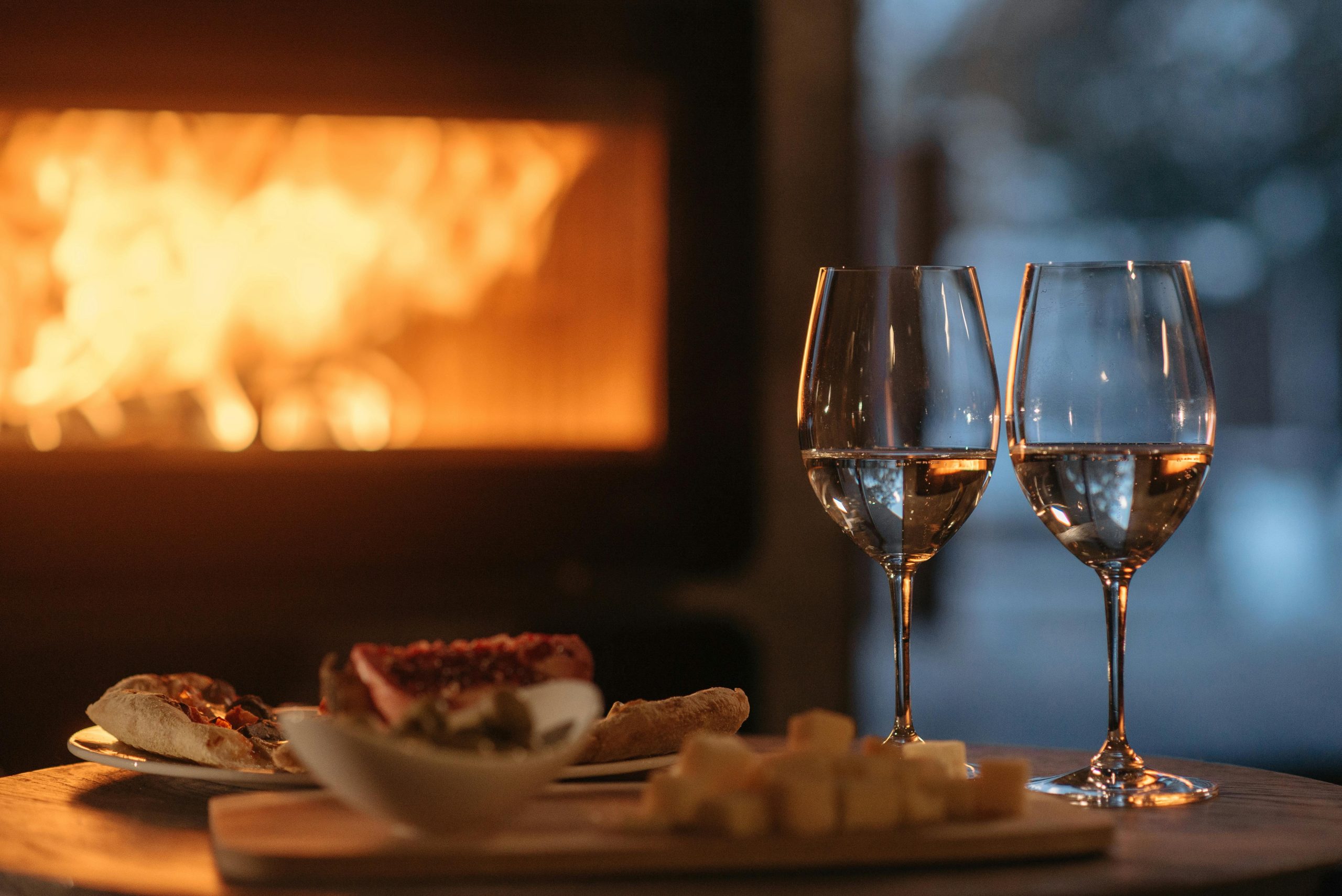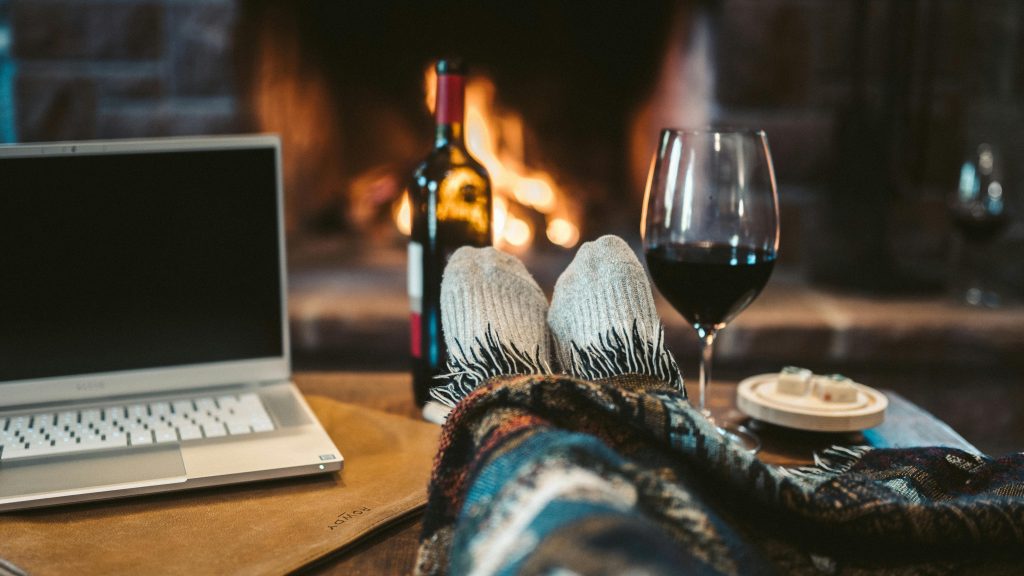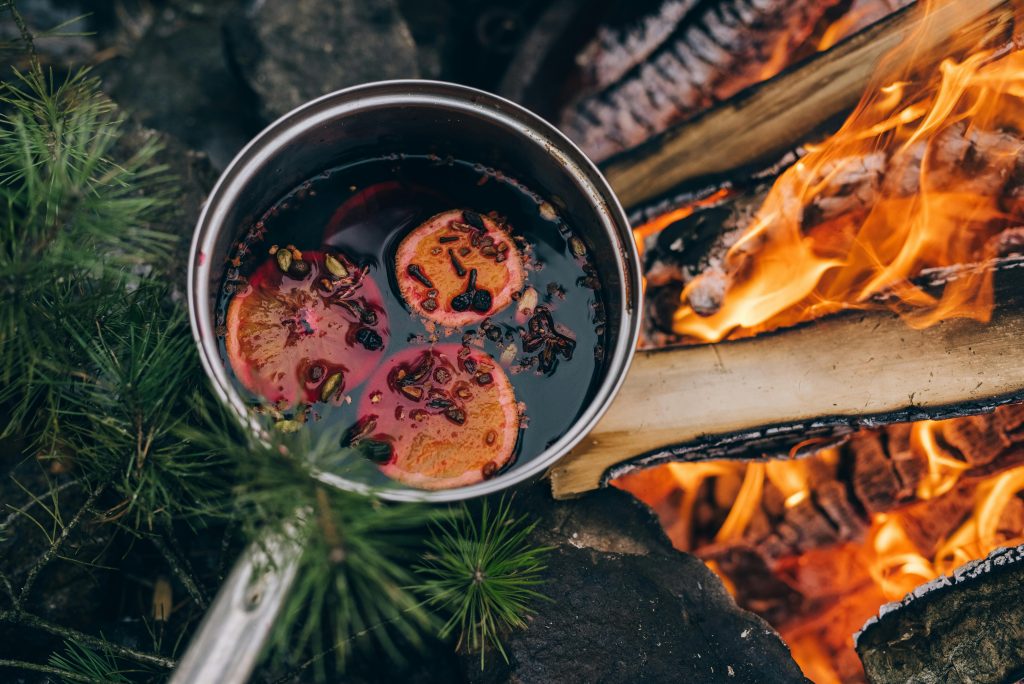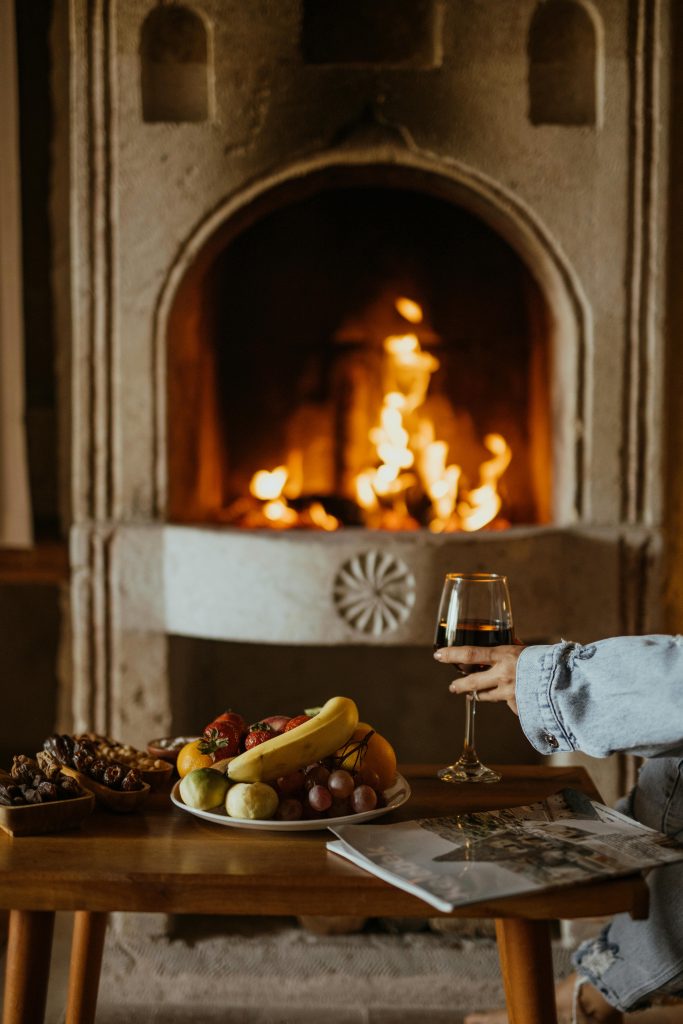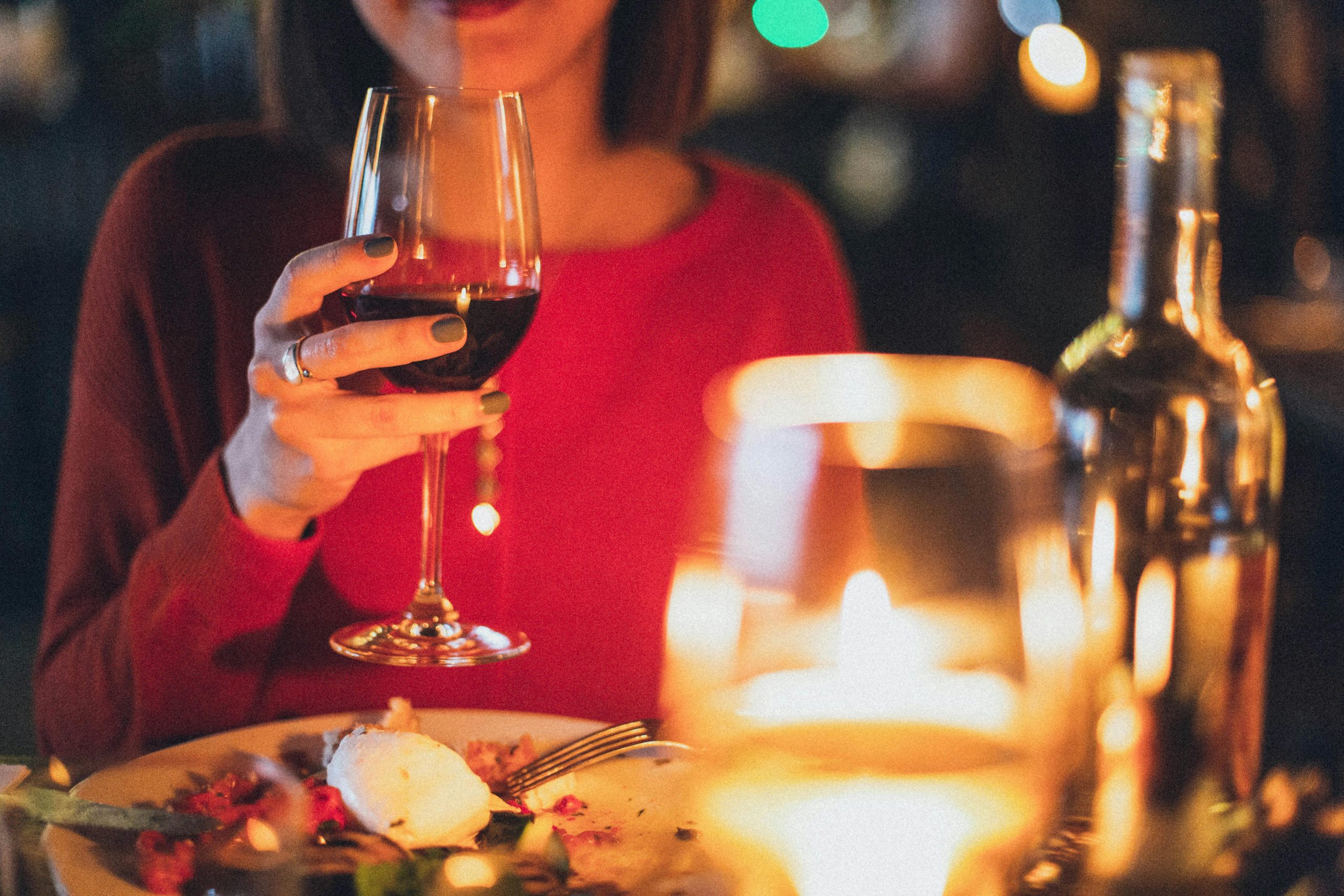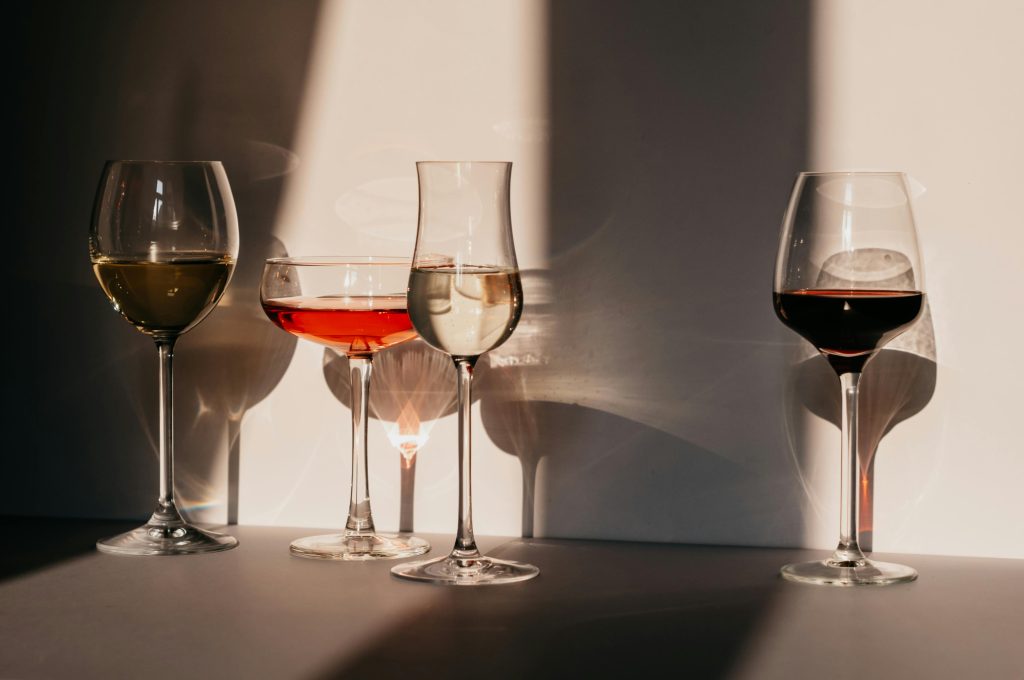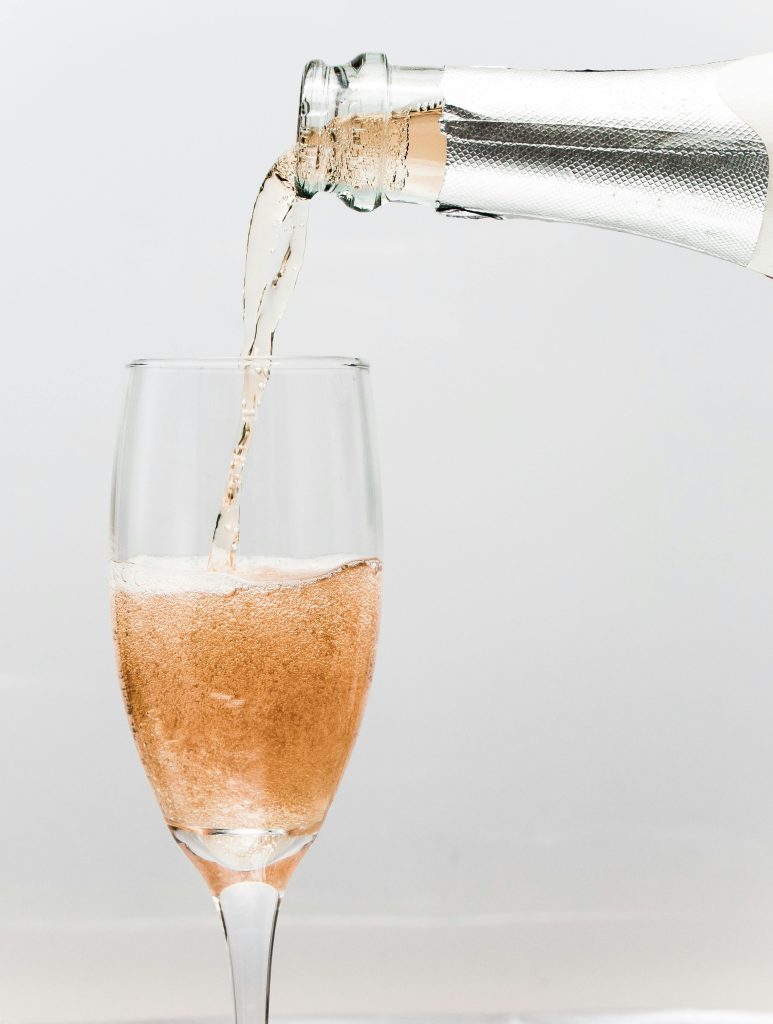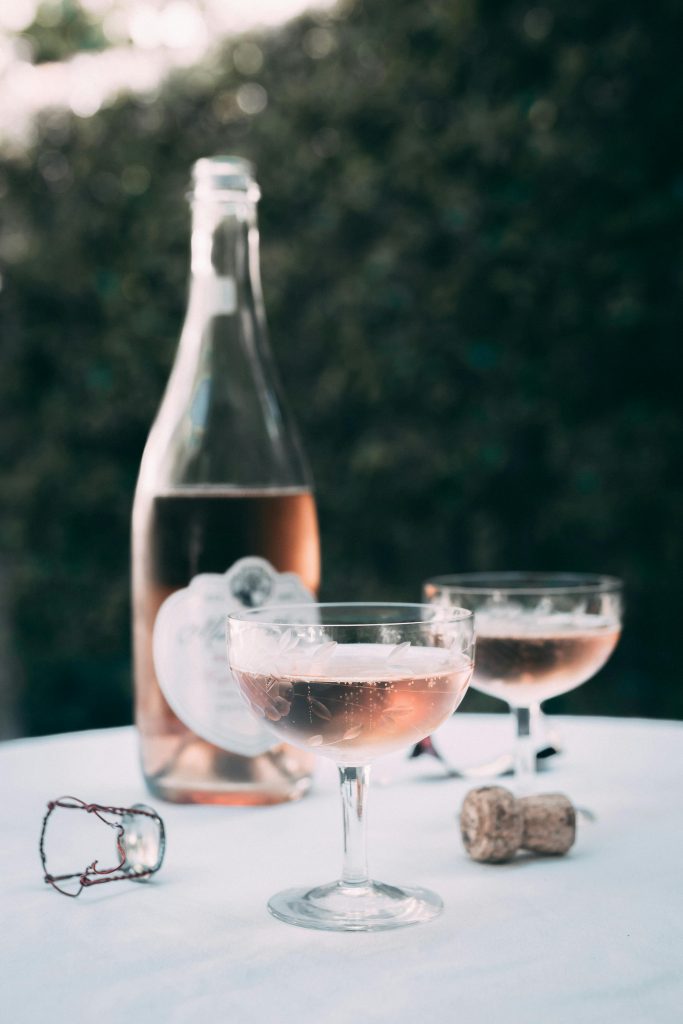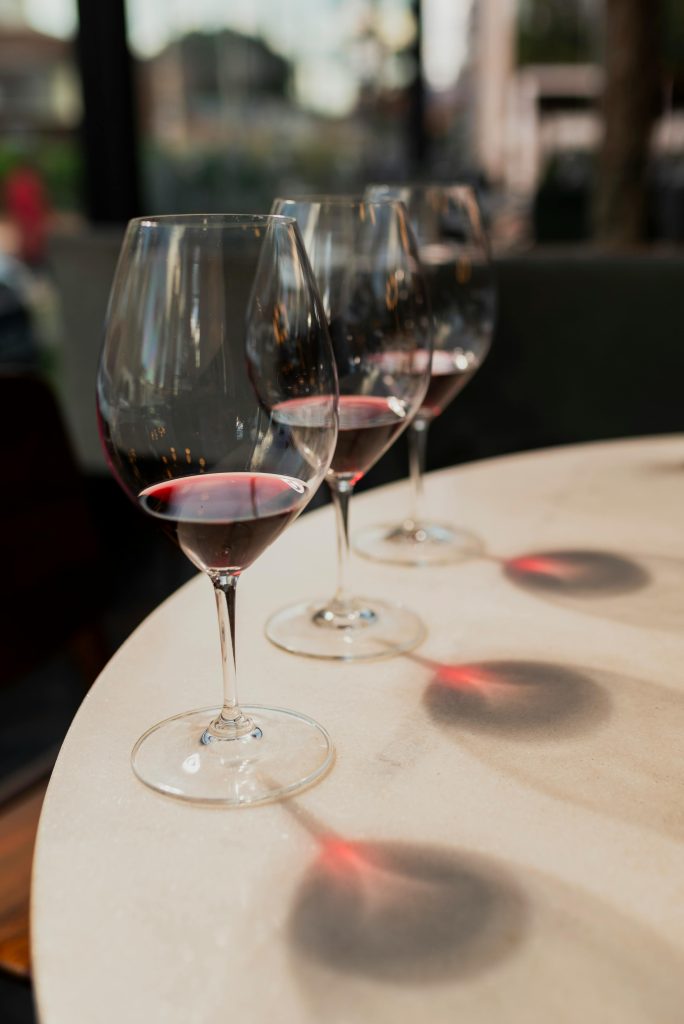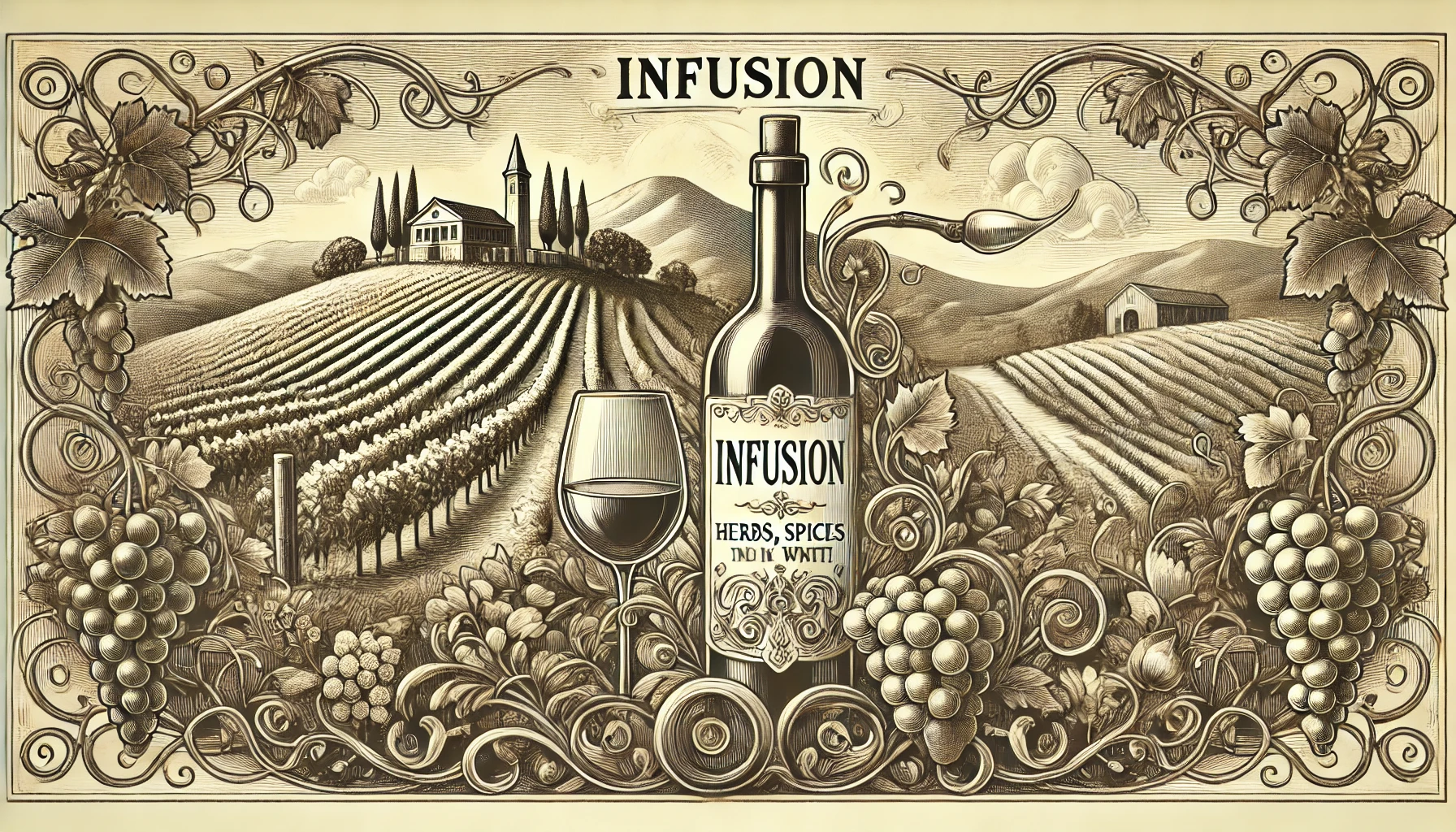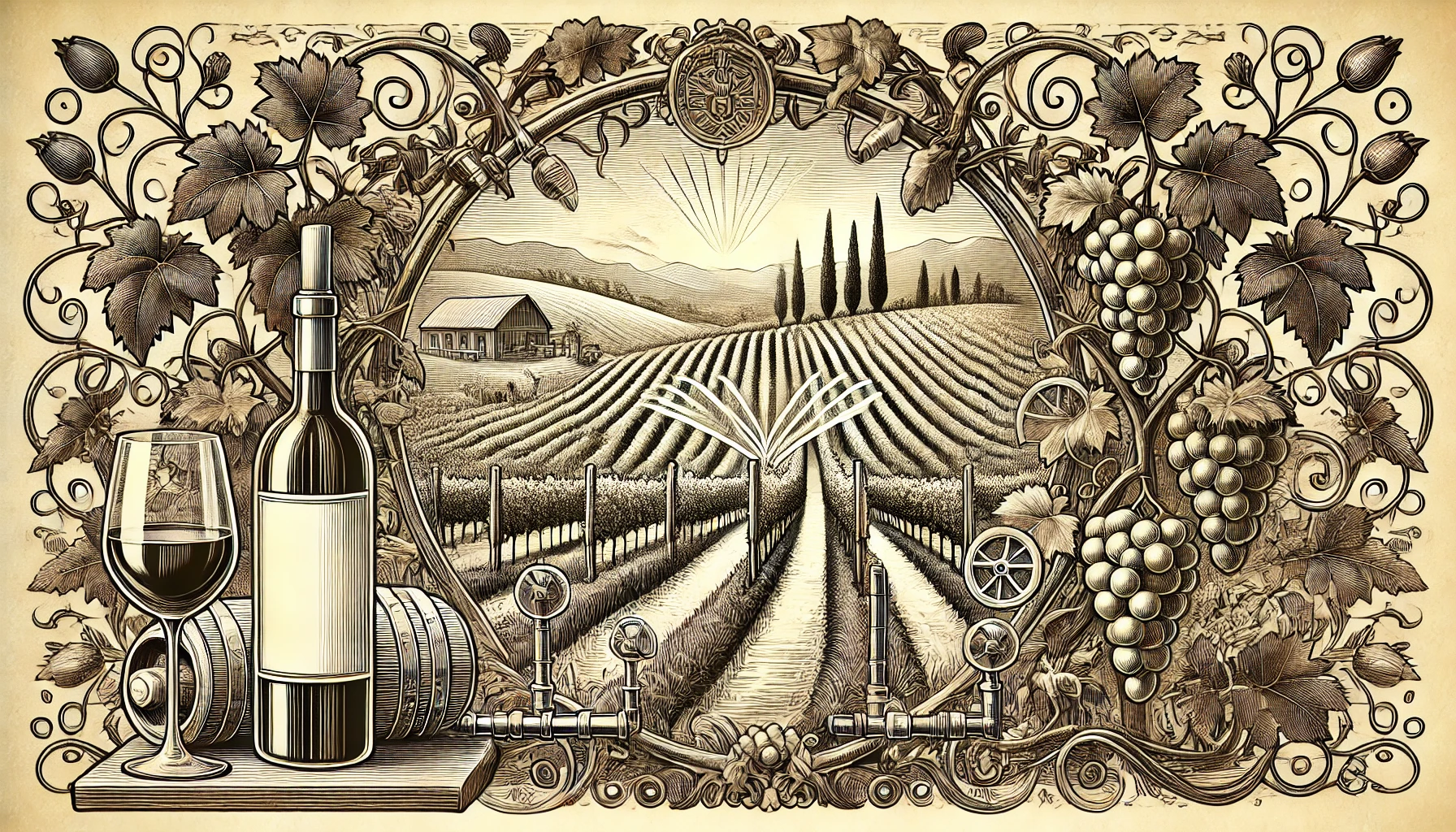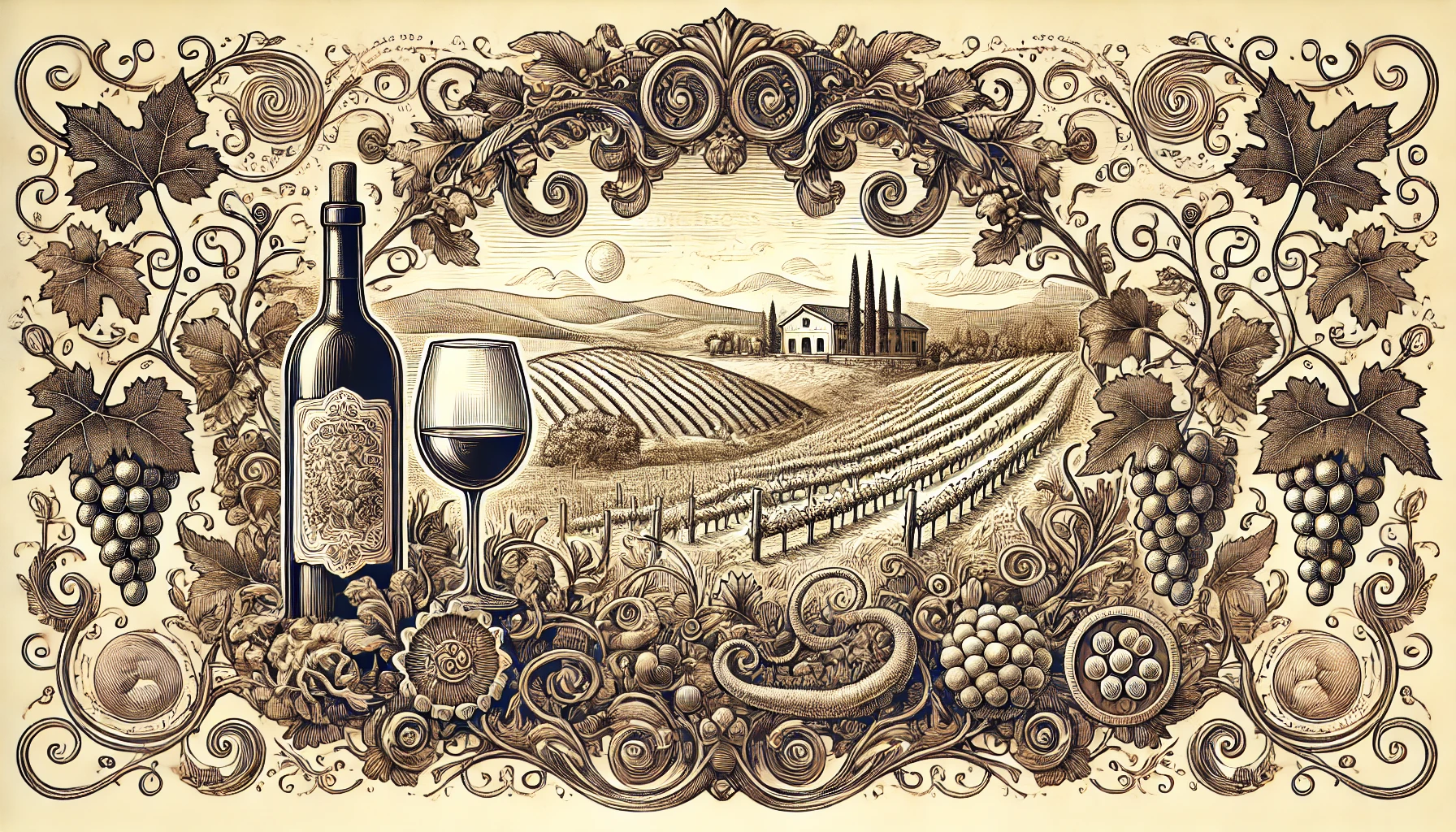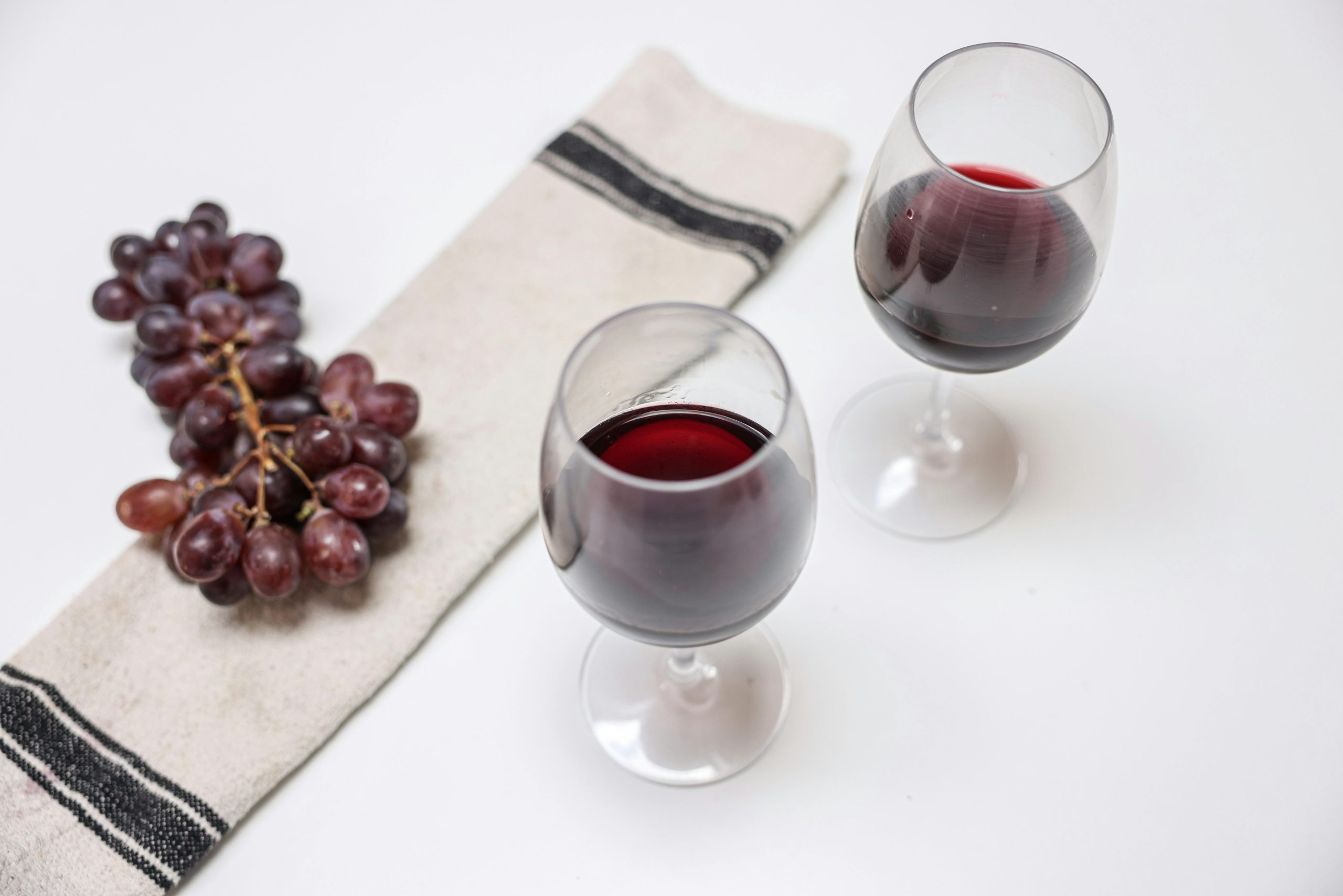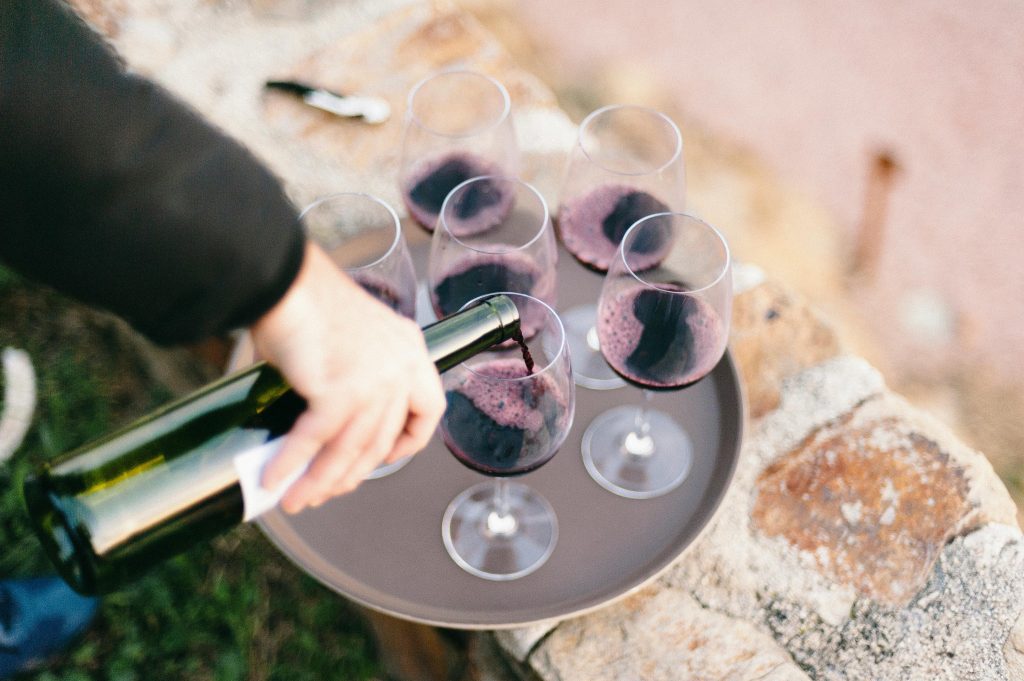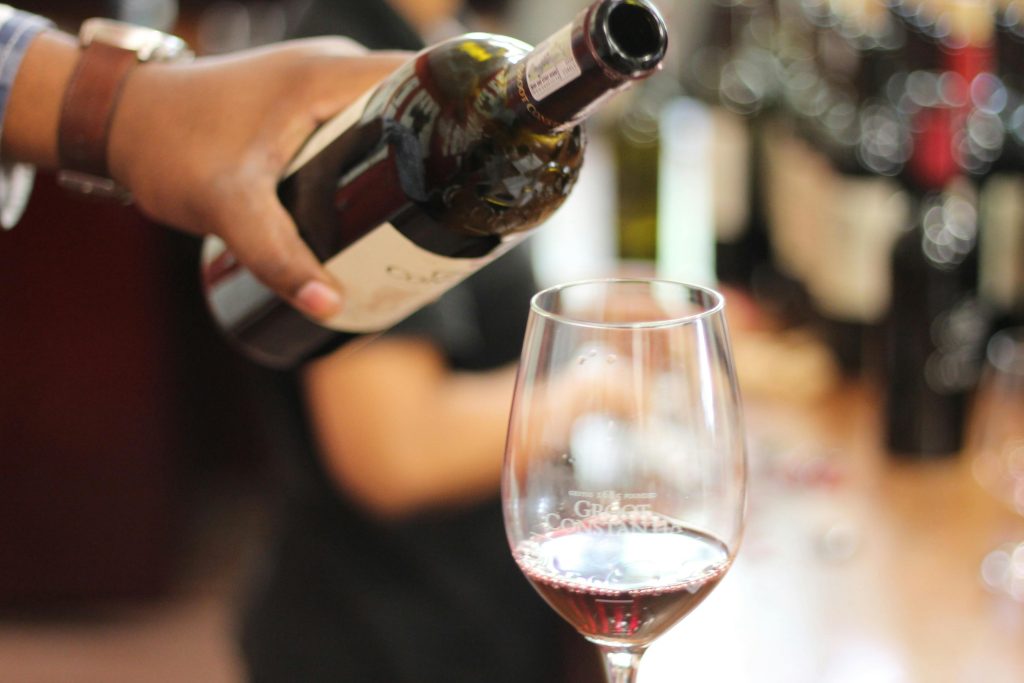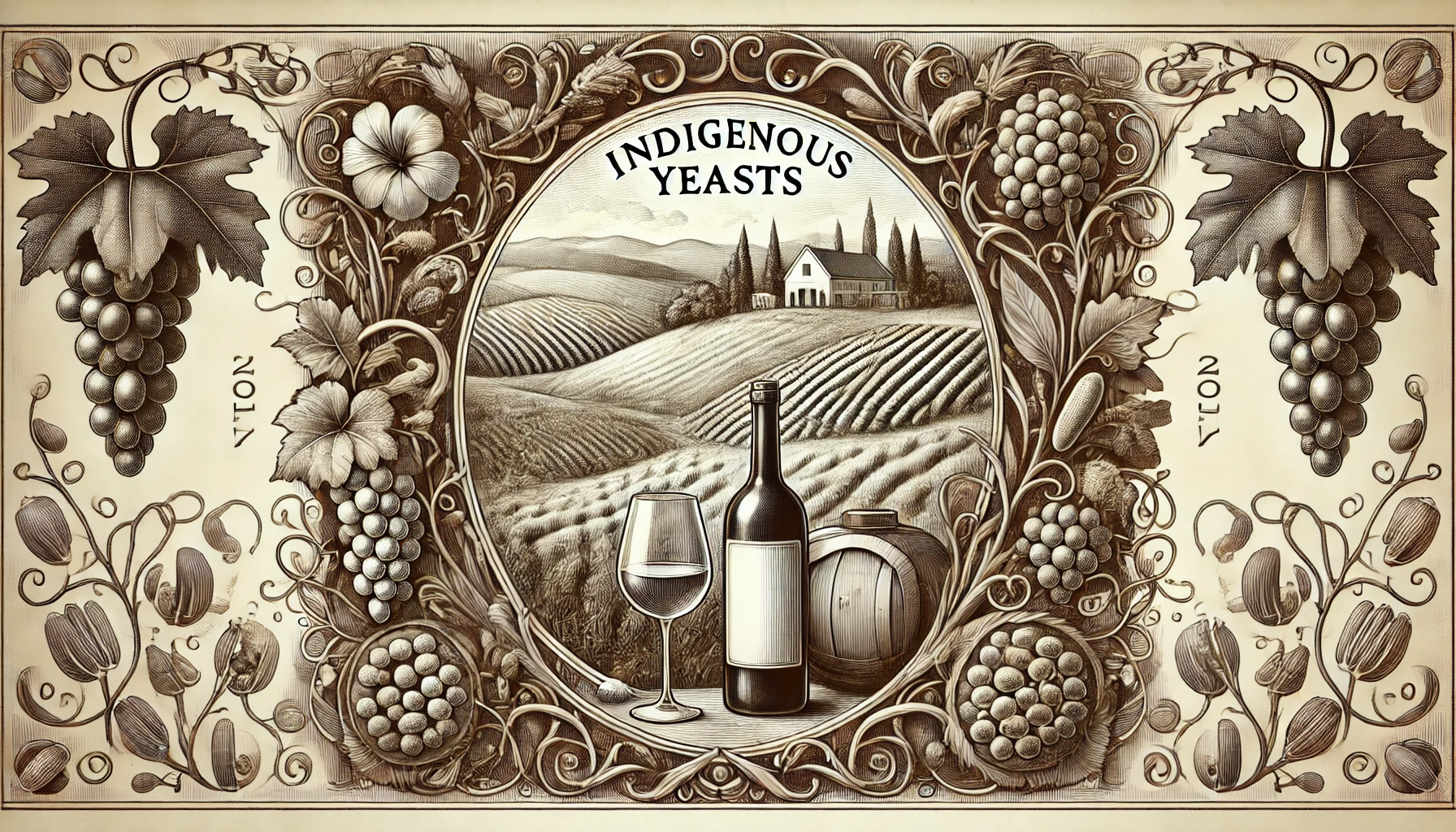
Winter has a magic all its own, especially when you share it with someone special. You feel it in the crisp morning air, the soft hush of fresh snow, and the way a warm fireplace feels even cozier on a cold night. When the world is frosty outside, we find new ways to heat things up indoors—through good conversation, delicious food, and plenty of laughter. Today, let’s explore a step-by-step guide to crafting the perfect romantic winter day. Imagine a day that starts with the fluffiest of blankets, ends under the stars, and brims with simple joys in between.
I’ll walk you through the entire journey—from breakfast in bed to the final toast of dessert wine. We’ll keep it relaxed, keep it real, and most importantly, keep it fun. This isn’t meant to be a rigid schedule. It’s more like a friendly blueprint that you can tweak to fit your style. Ready to wrap yourself in scarves, get a little adventurous outside, and indulge in some soul-warming moments with your partner? Great. Let’s go.
Morning Magic: Breakfast in Bed
There’s something about breakfast in bed that signals a gentle start. It feels like a “treat yourself” moment—a day off from routines and an invitation to slow down. The sun peeks through the curtains, and you’re still cocooned in cozy blankets. The world outside might be icy, but you’re warm, comfortable, and pleasantly lazy. That’s exactly where the romance begins.
Savor a Sweet or Savory Spread
You can keep your breakfast as simple or elaborate as you like. Maybe you go for eggs, crispy bacon, and a side of freshly baked pastries. If you have a sweet tooth, try fluffy pancakes with a drizzle of maple syrup or sweet cream. Don’t forget fresh fruit, even if winter produce is a bit sparse. Slices of bright citrus or a handful of berries can add a burst of color to your morning feast.
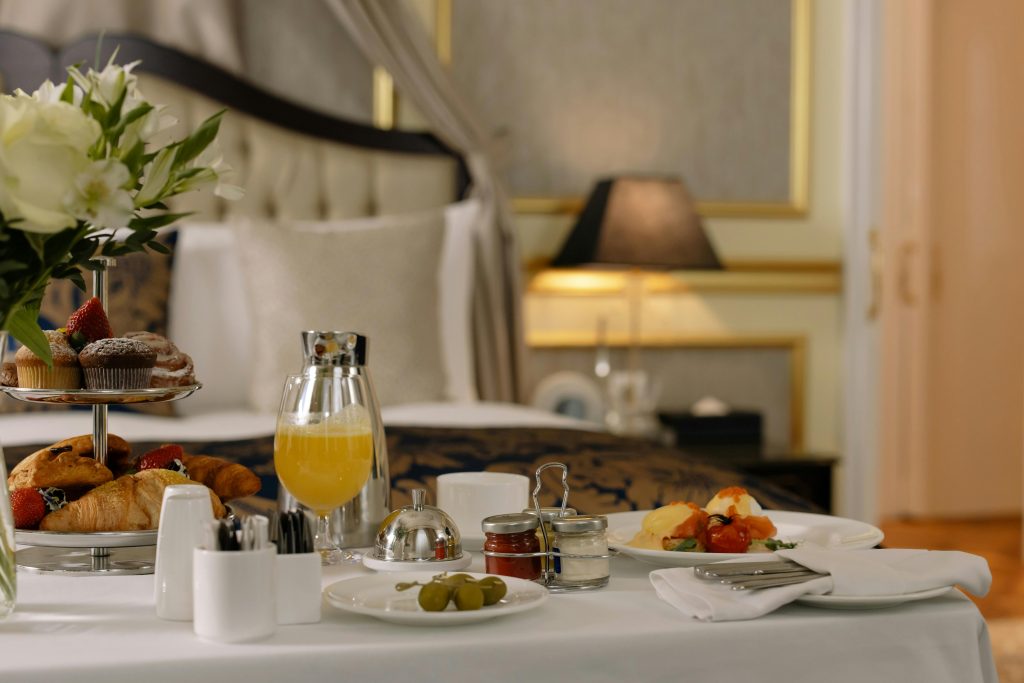
Pop That Bubbly: Mimosas for a Festive Touch
Since we’re leaning into luxury, why not add a Mimosa to the mix? Light, fresh, and delightfully bubbly, a Mimosa can set the tone for the entire day—relaxed yet celebratory. If you’re curious about how this sparkling drink became such a brunch mainstay, you might want to learn about its mimosas origin. You’ll find that it’s not just a random invention; it has a fun history steeped in glamour and playfulness.
Sip slowly, share a few flirty smiles, and let that gentle fizz of champagne or sparkling wine awaken your senses to all the possibilities of a cold winter day that’s about to unfold. A note of caution: keep the glassware stable. There’s nothing more awkward than accidentally spilling orange juice on the sheets during an otherwise enchanting breakfast in bed.
Romantic Winter Day: Welcome the Snow and Chill
After breakfast, it’s tempting to lounge around indefinitely, but eventually, the crisp winter air calls. It’s worth answering that call with a playful spirit. Dress in layers—because you want to be warm enough to enjoy yourself without feeling weighed down. Grab a big, comfy coat, your coziest gloves, and maybe a silly hat if that’s your style. Whether you walk around the neighborhood or head to a local park, a winter stroll can be beautiful.
A Leisurely Walk Hand in Hand
Sometimes the best part of a winter walk is just the quietness of the season. Snow muffles a lot of background noise, and you may find moments of serene stillness. Spend time noticing your surroundings. Fresh snow sparkles in the sunlight, especially when the sun is low in the sky. Savor that frost-laden scenery, point out cardinals hopping on branches, and share your thoughts about random things. That’s how the most meaningful conversations happen—spontaneously, during a relaxed moment.
Build a Snowman or Get Playful
If you’re feeling a little more energetic, channel your inner child. Build a snowman, complete with a hat, scarf, and maybe a corncob pipe if you’re feeling nostalgic. Or make snow angels side by side. Challenge each other to a friendly snowball fight (assuming you can avoid any serious face hits). Laughter in the cold has a wonderful way of warming you from the inside. Be silly together. That sense of fun will add to the day’s memories.

Winter Picnic: An Outdoor Wine Adventure
When the brisk air has you longing for a cozy break, consider pausing for a winter picnic. The idea of sipping wine while snow crunches underfoot might sound bold, but it can be delightful if you plan properly. If you’re curious about the best way to do it—like how to keep the wine at an enjoyable temperature or what snacks to pack—there’s an awesome resource on winter picnic ideas. You’ll find suggestions that go beyond your everyday sandwich. Think thermoses of mulled wine or spicy hot cocoa, small bites like cheese and cured meats, or warm hand pies that fit snugly in your pocket.
A blanket can shield you from the damp bench seat or cold ground. And if you’re near a scenic overlook, it’s a perfect chance to snap a cozy photo with your partner, capturing rosy cheeks and all. Winter light has a special glow, especially when it dances off the snow, so you might come away with some truly memorable candid shots.
Warming the Heart: Fireside Relaxation and Soul-Food
After a brisk and playful outing, head back inside. That contrast—icy cheeks stepping into a snug and warm home—creates an immediate sense of relief. It’s like the indoor temperature automatically feels ten degrees warmer.
Unwind by the Fire
If you have a fireplace (or even a wood-burning stove), now’s the time to stoke it up. That crackling sound and the soft orange glow bring an almost hypnotic calm. Wrap up in a soft blanket, nestle together on the couch, and let the heat settle into your bones. It’s an especially lovely time to read something together, like a chapter from a shared book or maybe some poetry. Reading together invites conversation, laughter, and moments of reflection. You can pause and chat about interesting lines or discuss what might happen next in the story.
If you’re not big readers, consider listening to an audiobook or picking a few short stories you can read aloud. The important thing is you’re both present, engaged, and experiencing the story together. You feed your soul in these moments. It’s not just about staying physically warm—it’s about staying emotionally connected.

Snack Break: Hot Drinks and Comfort Food
Sometimes, after a stint outside, you need something to warm you from the inside out. Consider preparing a quick round of hot drinks. It could be herbal tea, spicy chai, or even a little spiked hot chocolate if you’re feeling extra indulgent. If you want a sweet or savory treat, try some simple snacks:
- Cinnamon rolls for a sweet hug of sugary warmth.
- Cheese and crackers for a light savory nibble, possibly with a dab of sweet jam.
- Chocolate fondue (if you have the equipment) to dip fruits, marshmallows, or even salty pretzels.
The idea is to create small moments of pleasure that keep you both satisfied throughout the day. That way, you never feel rushed or frantic. It’s all about layering simple joys to make the day feel special.
Cooking Up Love: A Romantic Dinner for Two
Soon, evening will creep in, bringing its own hush to the winter landscape. Lights will glow warmly in windows, and the earlier sunset might invite you to shift gears from playful to cozy romance. That’s prime time for cooking together—a classic bonding experience that engages all your senses. Put on some soft music or let a favorite show play quietly in the background. Roll up your sleeves, pick a recipe you both love, and then share tasks. One can chop vegetables while the other stirs a simmering sauce. You’ll fall into an easy rhythm of conversation and collaboration.
Setting the Stage
Don’t underestimate the power of ambiance. Dim the overhead lights, light a few candles, and maybe set a small bouquet of winter greenery on the table. Put away electronics so you’re not tempted by notifications. Instead, let each other’s voices and the sound of sizzling ingredients fill the kitchen.
Pairing with a Soothing Red Wine
When thinking about a dinner companion that’s always loyal and comforting, a rich red wine often fits the bill. Rioja, a robust Cabernet Sauvignon, a luscious Malbec, or a velvety Merlot can each complement the hearty winter fare. If you’re cooking a pasta dish with a red sauce, a glass of Tempranillo or Sangiovese might be perfect. If you’re searing steak or braising lamb, a bolder Cabernet or Syrah might do the trick. If you’re going vegetarian, try a full-bodied Spanish Garnacha with a cozy mushroom risotto or ratatouille. Remember, pairing wine with your meal can elevate the flavors of both the dish and the drink. Experiment together—taste as you cook and decide which wine resonates with the meal you’re creating.
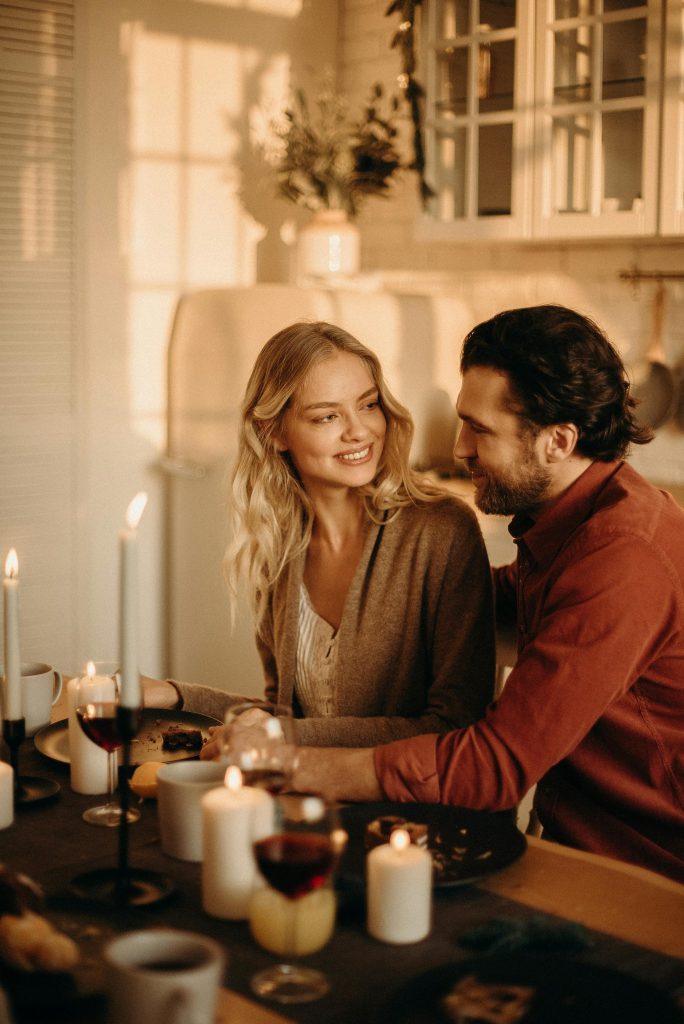
As you sip, don’t rush. Good wine begs to be savored, especially on a day when you have no real schedule and can simply enjoy the moment. And if you’re not sure how to detect the subtle notes in the wine—maybe you read about chocolate undertones or hints of blackberry—don’t sweat it. Sometimes, the best approach is just to notice whether you like the taste or not. Wine talk can be fun, but it doesn’t need to be complicated.
Under the Winter Sky: Stargazing and Quiet Wonder
After dinner, you might slip into a food coma if you stay indoors, so consider heading outside again—this time for a moment of starry wonder. Winter skies can be spectacular, particularly on clear nights. The colder air can mean less haze, making stars twinkle brilliantly overhead. You don’t have to go far. Maybe you just step onto your balcony, backyard, or a nearby patch of open space. Bring blankets and maybe a thermos of something warm.

Bundle Up for the Night Sky
Layer up again, because you’ll be standing or sitting still for a bit, and chilly toes can sabotage an otherwise enchanting experience. If you have any knowledge of constellations, try pointing them out. If you don’t, that’s okay. Sometimes, gazing at the sheer number of stars is enough to remind us how vast and amazing the universe is. It’s a humbling experience, and doing it hand in hand with someone you love can make the moment downright magical. You might only last a few minutes if the temperature is too cold, but those minutes can feel timeless.
Make a Wish or Share a Dream
Stargazing invites reflection. You might share a dream you have for the future, or maybe a cherished memory. Sometimes it’s enough to say nothing at all, just breathing in unison under the sparkling sky. If a shooting star appears, go ahead—make that wish. Embrace your inner romantic, even if you feel a little silly. Such small gestures transform ordinary experiences into treasured memories.
Sweet Finale: Dessert and Dessert Wine
By now, you might be feeling a happy fatigue from the romantic winter day’s activities—satisfied, content, and maybe a bit sleepy. But there’s still room for one last indulgence: dessert. Winter nights practically beg for a decadent sweet treat, and a dessert wine can elevate those final flavors to a new level of deliciousness.
Ideas for Dessert
- Rich Chocolate Cake: Warm it slightly if you want the icing to melt on your tongue.
- Fruit Tart: Apples or pears with cinnamon, baked to golden perfection.
- Cheese Board: Not sweet in the traditional sense, but some people love to finish the meal with a selection of tangy cheeses, fruit preserves, and nuts.
Pairing with a Dessert Wine
A sweet, fortified wine can be the perfect partner for your dessert. Port wine is a classic choice if you’re looking for rich, berry-like sweetness and a hint of spice. Moscatel is another option—it can be lighter, with floral and fruity notes that complement pastries or fruit-based desserts. These wines have higher sugar content, which means they taste sweet enough to match your dessert without being overshadowed.
If you’re new to the world of dessert wines, don’t overthink it. Pick a bottle with a flavor description that appeals to you—maybe something referencing chocolate, caramel, or stone fruits. Pour small servings since they tend to be rich and higher in alcohol. Sip slowly and let the flavors unfold. It’s a gentle, indulgent way to wrap up the day, bringing everything to a sweet, satisfying close.
Tips for Making It Extra Special
Before we wrap up, let’s consider a few final ideas that could make your romantic winter day even more memorable.
- Surprise Elements: Tuck little notes or cards around the house—on the coffee maker, bathroom mirror, or pillow. Each note could share a reason why you appreciate your partner or a fun memory you’ve shared. Surprise still has a way of lighting up the heart.
- Music Mood: Curate a wintertime playlist. Include songs that remind you of cozy, heartwarming moments or that have sentimental value for you both. Music can turn an ordinary moment into an emotional memory.
- Photo Moments: Snap some pictures throughout the day—both posed and candid. We often forget to capture everyday magic because we’re used to snapping only big events. But a quick shot of your partner giggling during your walk or the two of you clinking glasses over dinner can become a treasured keepsake.
- Warm Aromas: If you’re indoors for a chunk of the day, consider lighting scented candles or diffusing essential oils that fit the winter mood—think cinnamon, clove, orange peel, or pine. A pleasing aroma can make your environment feel extra cozy.
- Tech Break: Challenge yourselves to limit phone use during key parts of the day. Turn off notifications or leave the phone in another room. You’ll likely discover that focusing on each other, without digital interruptions, deepens the sense of closeness and relaxation.
Reflecting on the Day: Love and Connection
A perfect romantic winter day doesn’t have to include fancy itineraries, big crowds, or even a huge budget. Often, the greatest luxury is time—time to focus on each other, time to share little joys, time to laugh until your cheeks hurt. Think about what you’ll remember five years from now. You’ll probably recall the way the snow looked glittery in the morning light, the way your partner’s nose got adorably red in the cold, the flavor of that one dish you cooked together, or the warmth of reading side by side.
It’s the simple moments that usually matter most. The spontaneity of a snowball fight, the conversation over steaming mugs of tea, the quiet awe of the stars, and that last sweet sip of dessert wine. You can’t buy those moments. You create them by being present, playful, and open to romance in all its seasonal forms.
Final Thoughts
Winter can feel bleak if you only focus on the cold. But when you weave a tapestry of cozy rituals—like a sunrise Mimosa, a playful snowman, a fireside read, and a candlelit dinner—you transform the season into something enchanting. Sharing that day with someone you love (or even a cherished friend) amplifies every experience. Laughter echoes a little louder. Hugs feel that much warmer. Wine tastes richer, and the memories linger longer.
Now, it’s your turn to craft your own winter love story. Use this outline as a launching pad. Maybe you’ll add details that are purely yours—favorite songs, inside jokes, or a special dish that only you know how to make. Infuse the day with your personal touch. Then cuddle up, stare at the flickering flames, or venture outside to catch a glimpse of dancing snowflakes under a streetlamp. Make the day a unique reflection of who you both are and what makes your bond strong.
At the end of it all, look at each other with rosy cheeks and grateful hearts. That’s when you know you’ve nailed the perfect romantic winter day. Cheers to you, cheers to love, and cheers to every simple, snowy moment that makes winter so special. And remember—there’s always a cozy blanket waiting, another glass of wine, and plenty of memories yet to be made when you approach winter with a little creativity and a whole lot of heart.
